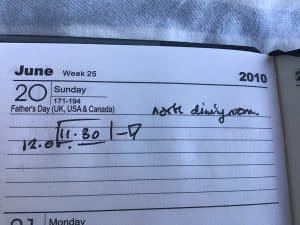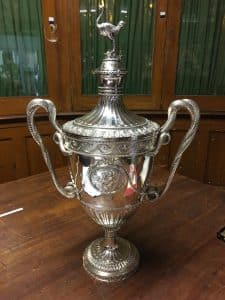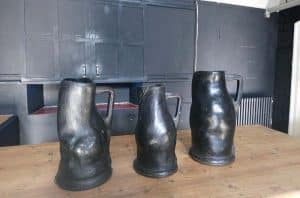Protecting Holkham’s Little Terns
June 26, 2020 | Holkhome | 4 minute read
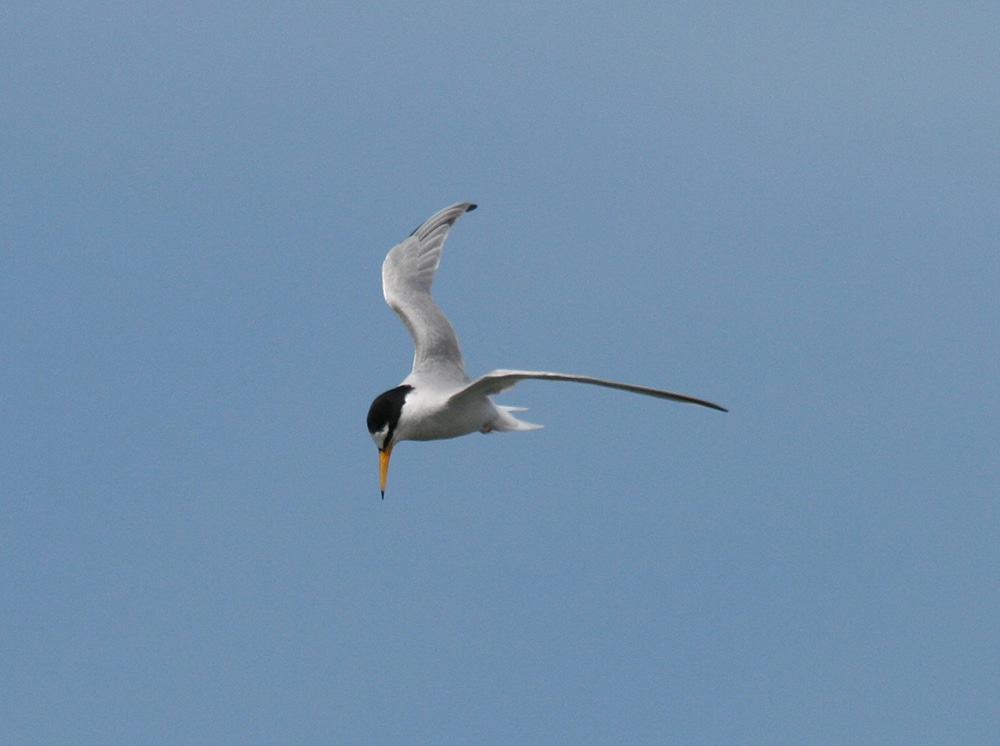
One of the most heavily protected of the UK’s rare breeding seabirds is the Little Tern. As its name suggests it is small, tiny in fact, weighing only 56 grams (that’s lighter than an average Starling) and all the more fantastic when it is known to live mostly at sea and migrate to and from wintering grounds along the West African coast. It is the UK’s second rarest seabird, a scenario not helped by its habit of choosing to nest on exposed beaches where high tides, adverse weather, predation and disturbance from people, dogs and recreational activities means it is constantly at risk. Little Terns live a real knife-edge existence which it why here at Holkham we always spend time trying to protect them.
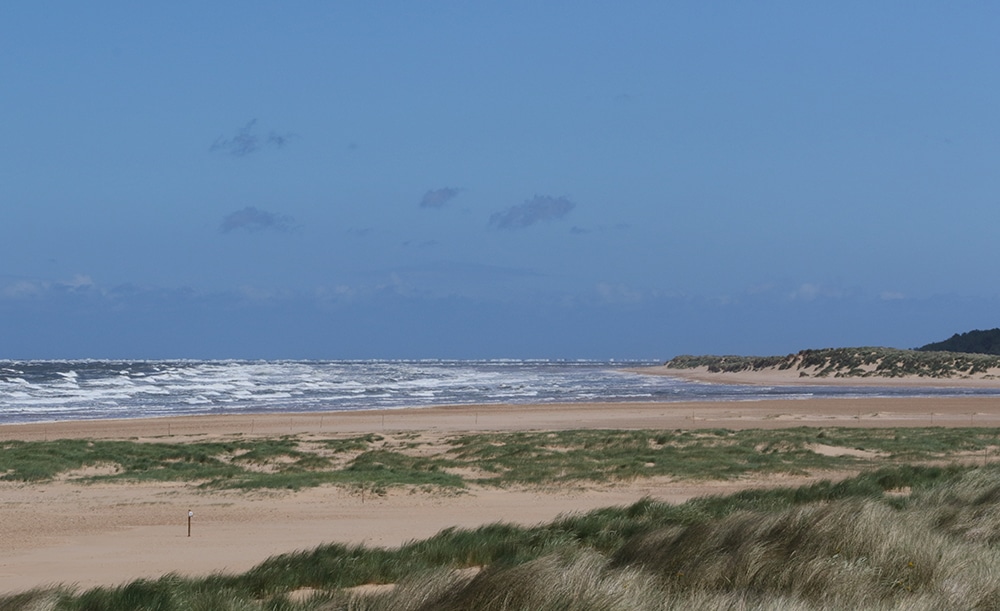
Holkham’s Tern enclosure. Please look out for signage and remain outside.
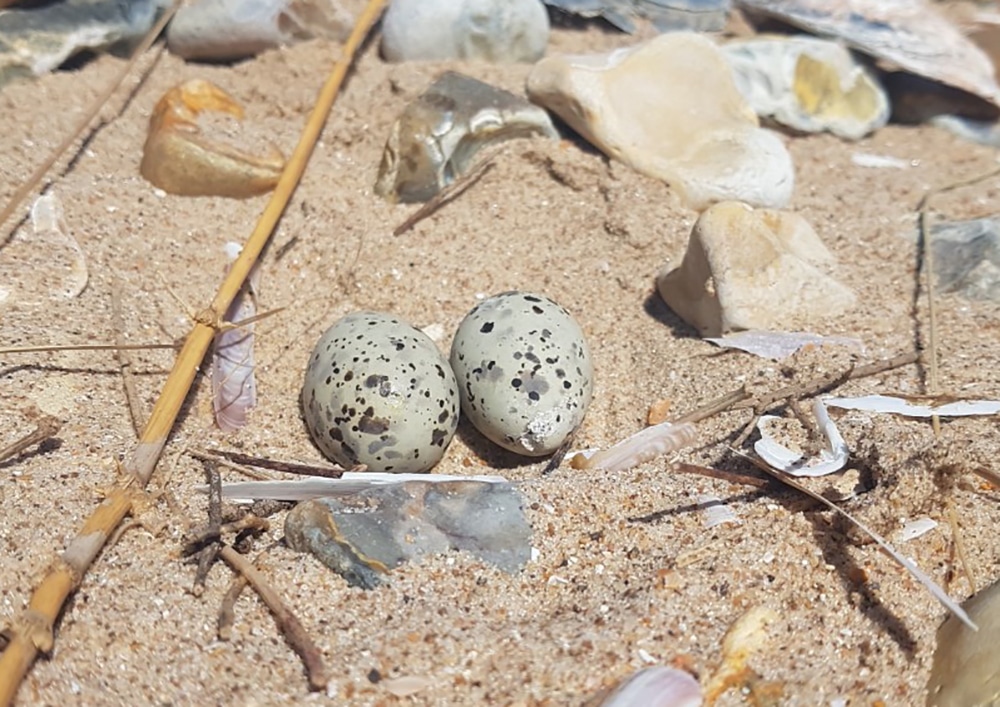
Little Terns lay their pebble-like eggs in sand amidst the stones, nature’s perfect camouflage!
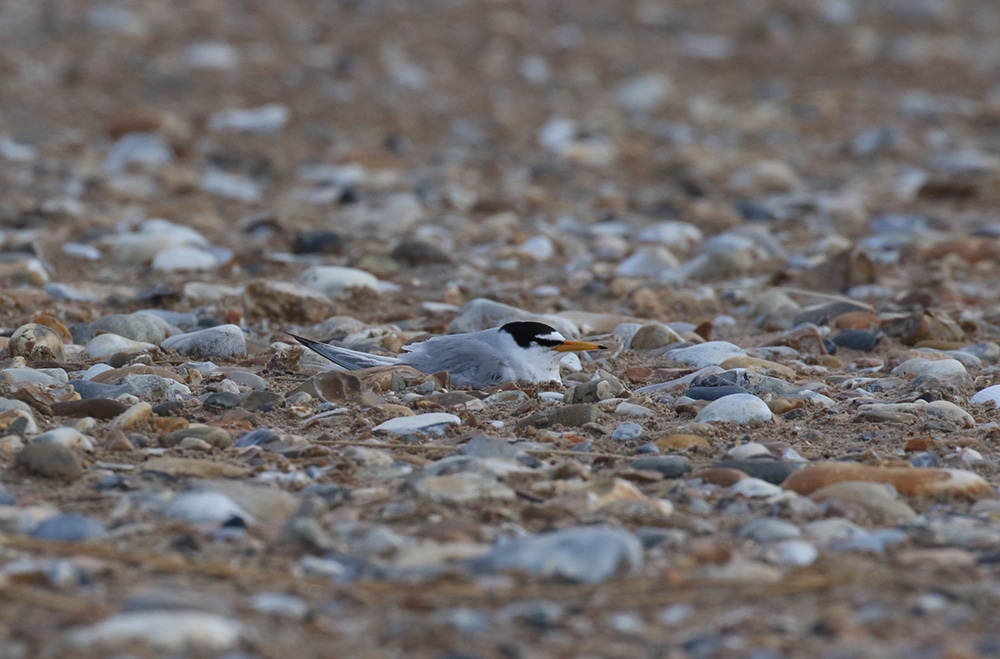
Little Terns’ back colour also matches the surrounding stones, making them all but invisible to the untrained eye
Holkham’s links with Little Tern protection go right back to 1890, when the Estate employed a ‘watcher’, a game keeper who acted as a summer warden to guard nesting shorebirds on the sands between Wells and Stiffkey. It was one of the first conservation efforts along this coast and the role the watchers played is much the same as today’s wardens. These early efforts when egg collecting and specimen shooting was the biggest threat, soon paid dividends and populations of it and its sister species in particular, the Common Tern soared. Unfortunately, huge storms finally rendered the area unsuitable with the habitat destroyed. This is very much par for the course on this coast, flats of shingle within the sand one year (the favoured nesting ground) only to be washed away the next or gradually developing into dunes which make it less desirable. This is why through history colonies have shifted from place to place.
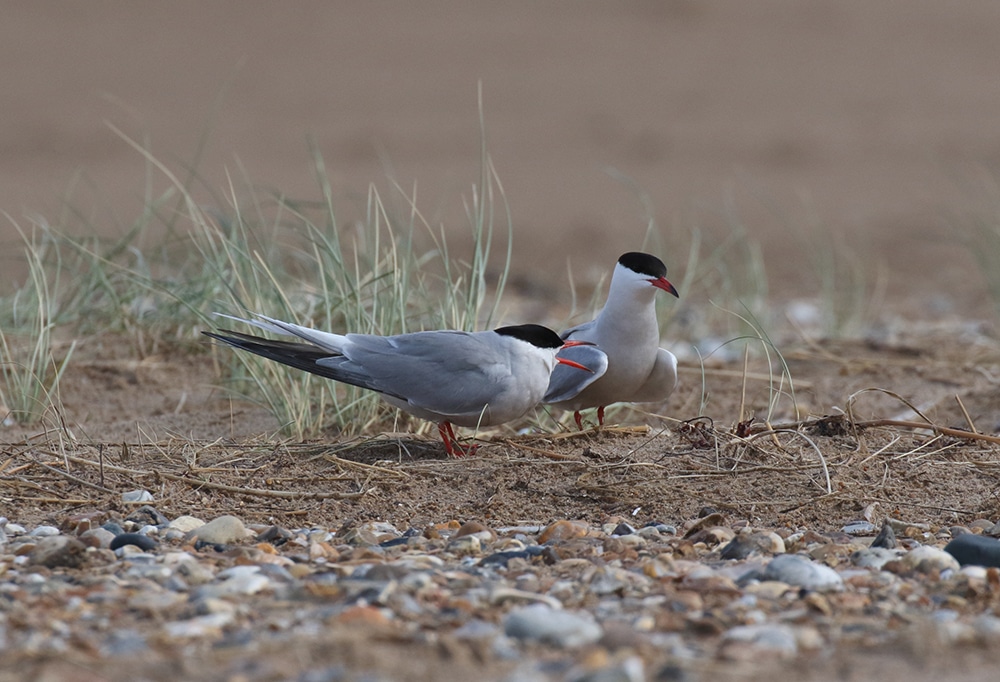
Common Terns are larger, noisier and with striking red and black bills
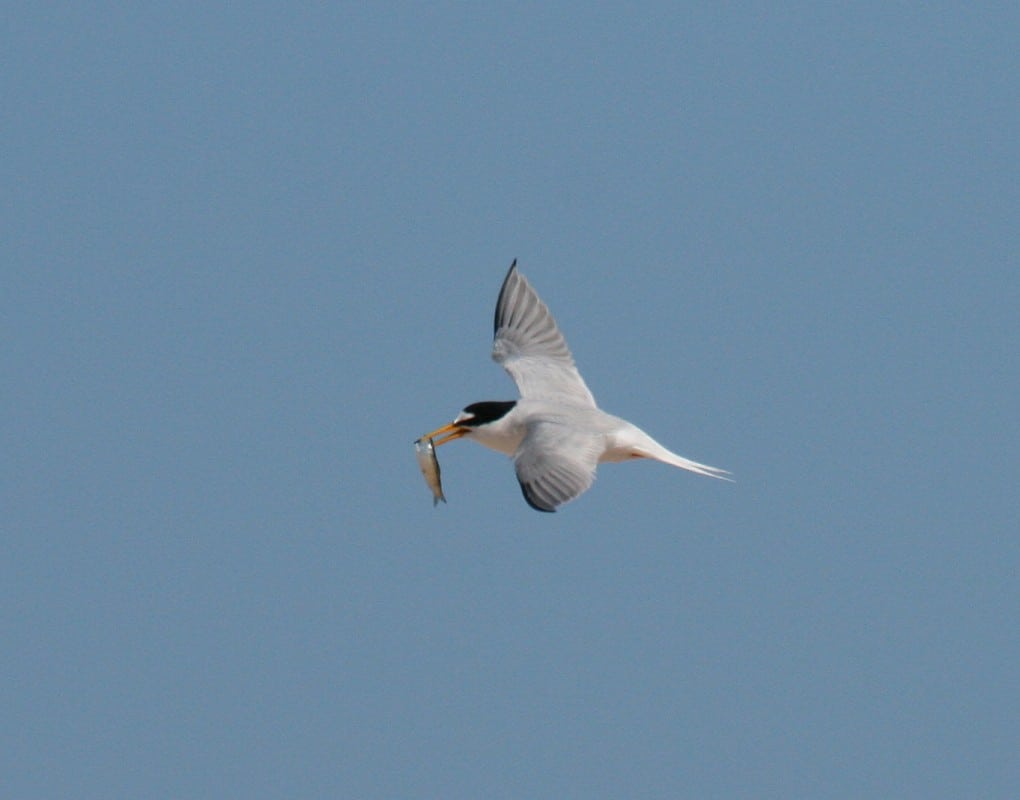
Little Terns feed on small fish so a constant supply is essential for rearing young.
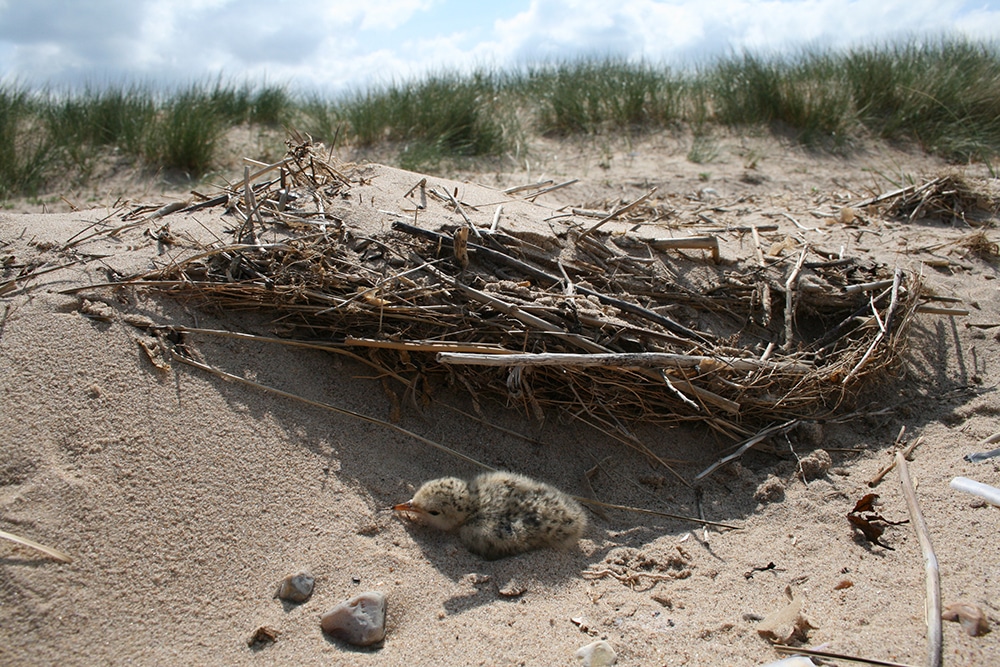
The sight we always pray to see; youngsters hatched and hiding in the upper reaches of the beach amidst the marram, hopefully more protected from predators.
Currently we have a population of about 21 breeding pairs at Holkham, all in one spot. Hopefully safety in numbers for a species that is regularly preyed upon by Kestrels and larger gulls. If one appears then the whole colony will erupt to see it off. The birds are already on their second attempt, their first nests being washed away during high tides so it is vital that visitors respect the boundaries of the signed string cordons. By keeping out it prevents eggs being trampled and please do not let dogs enter, the more time a bird spends off its nest the more chance there is of a natural predator nipping in to steal eggs or chicks. Fingers crossed the weather and tides stay kind and we have more success this time. If we do, it might enable us to provide the next generation of Little Terns for the future. A recently found dead bird on Holkham beach had been ringed near Yarmouth in 2003, making it 17 years old. That’s quite an age for a small bird and several trips to Africa inbetween!
View all latest blog posts here.
